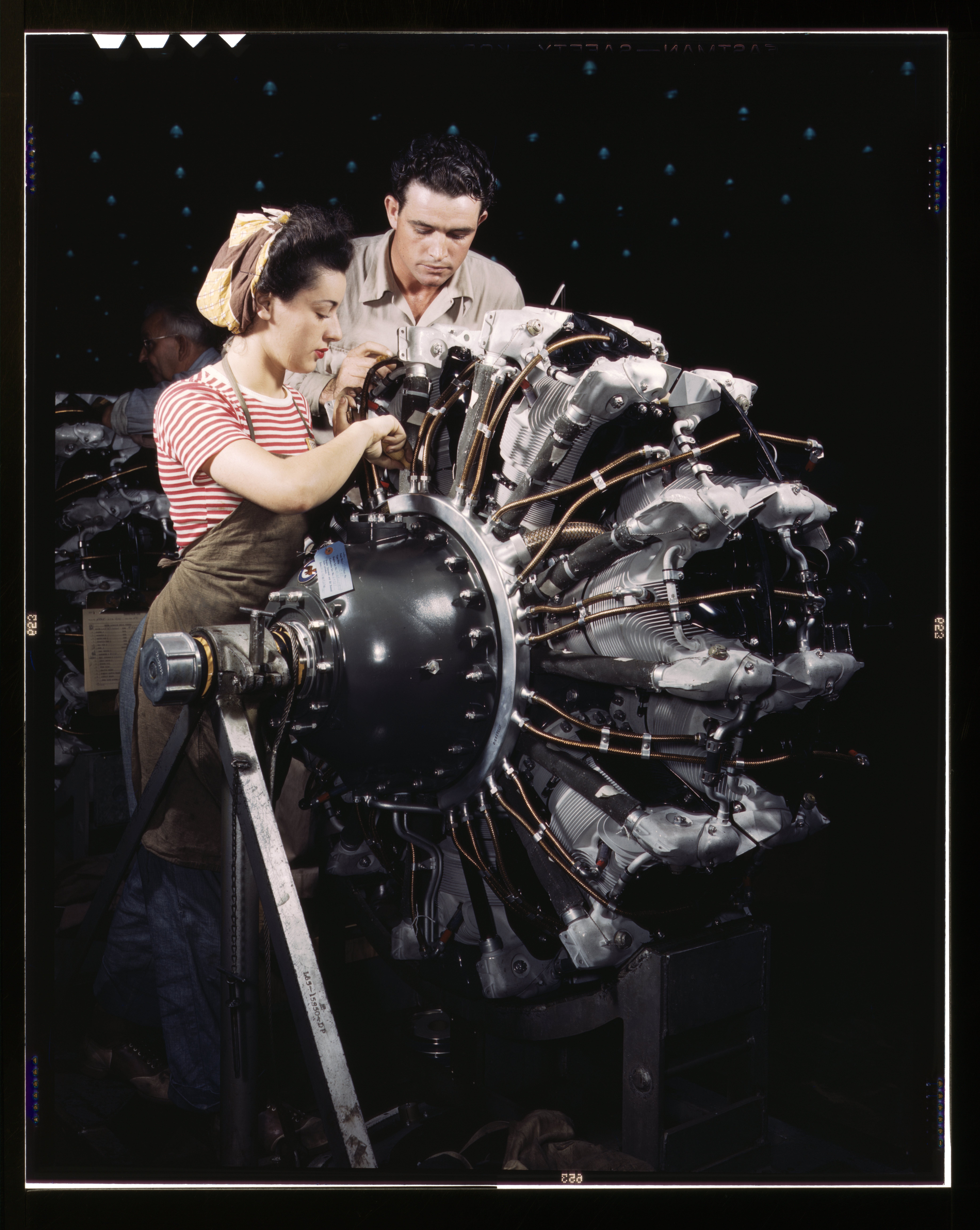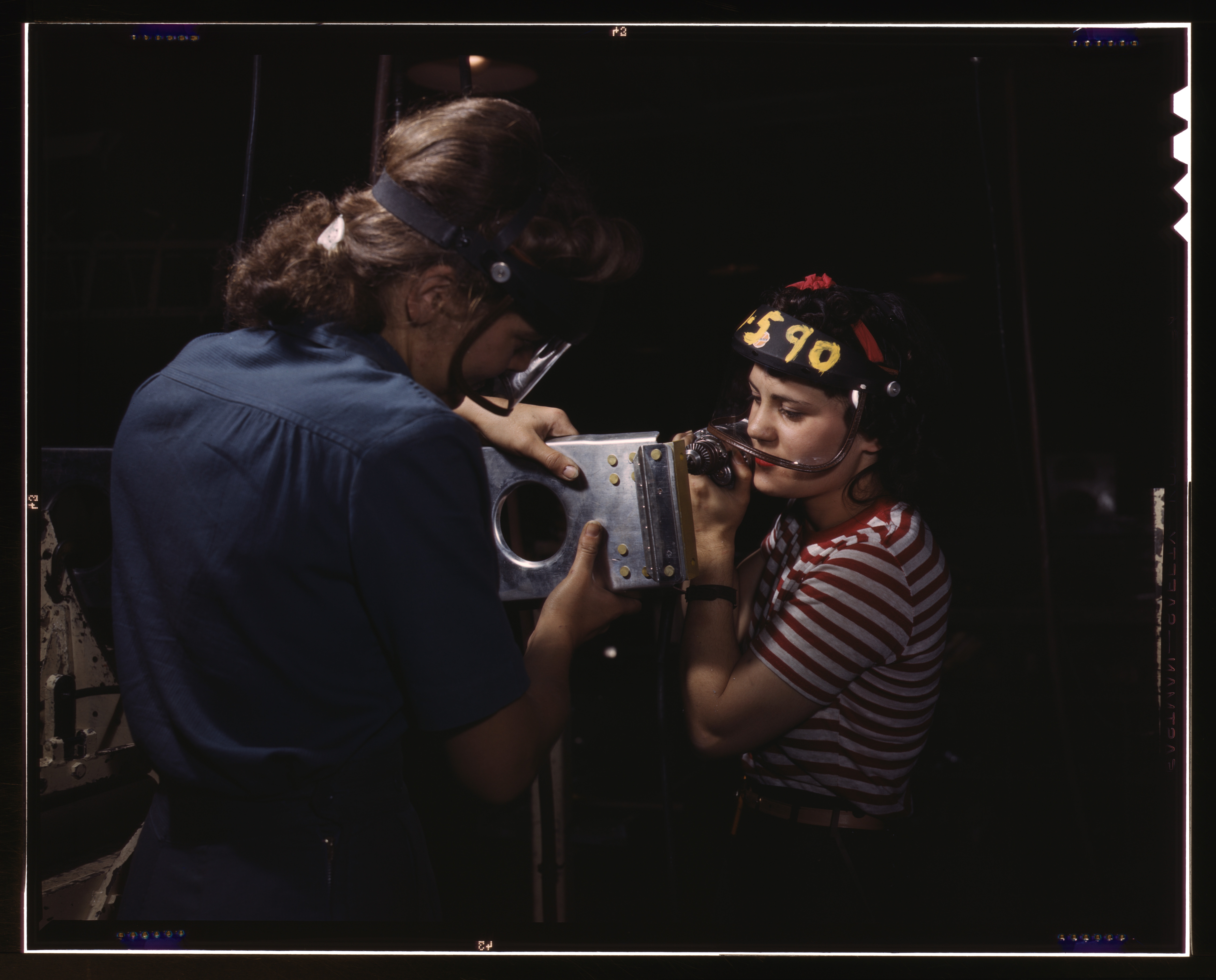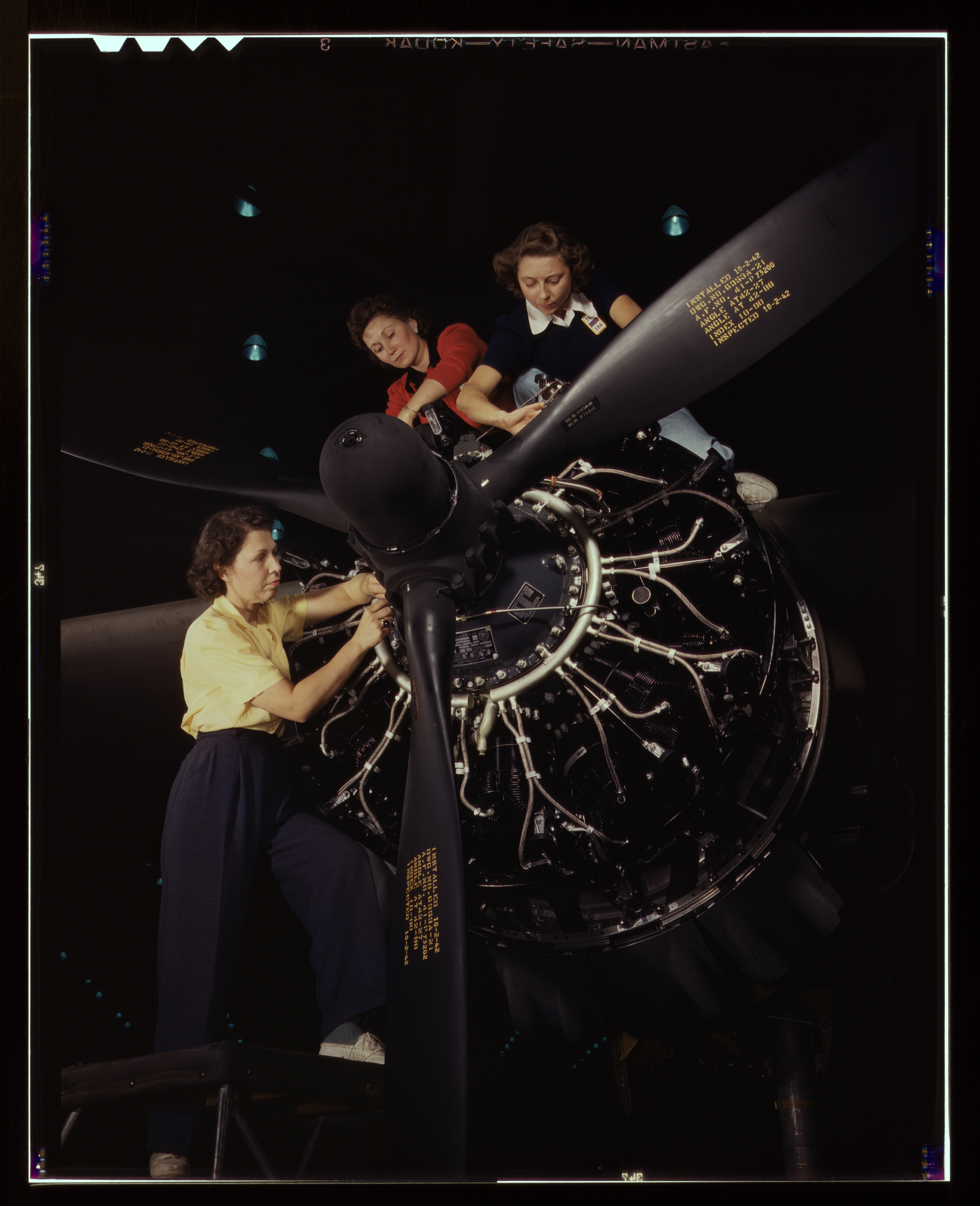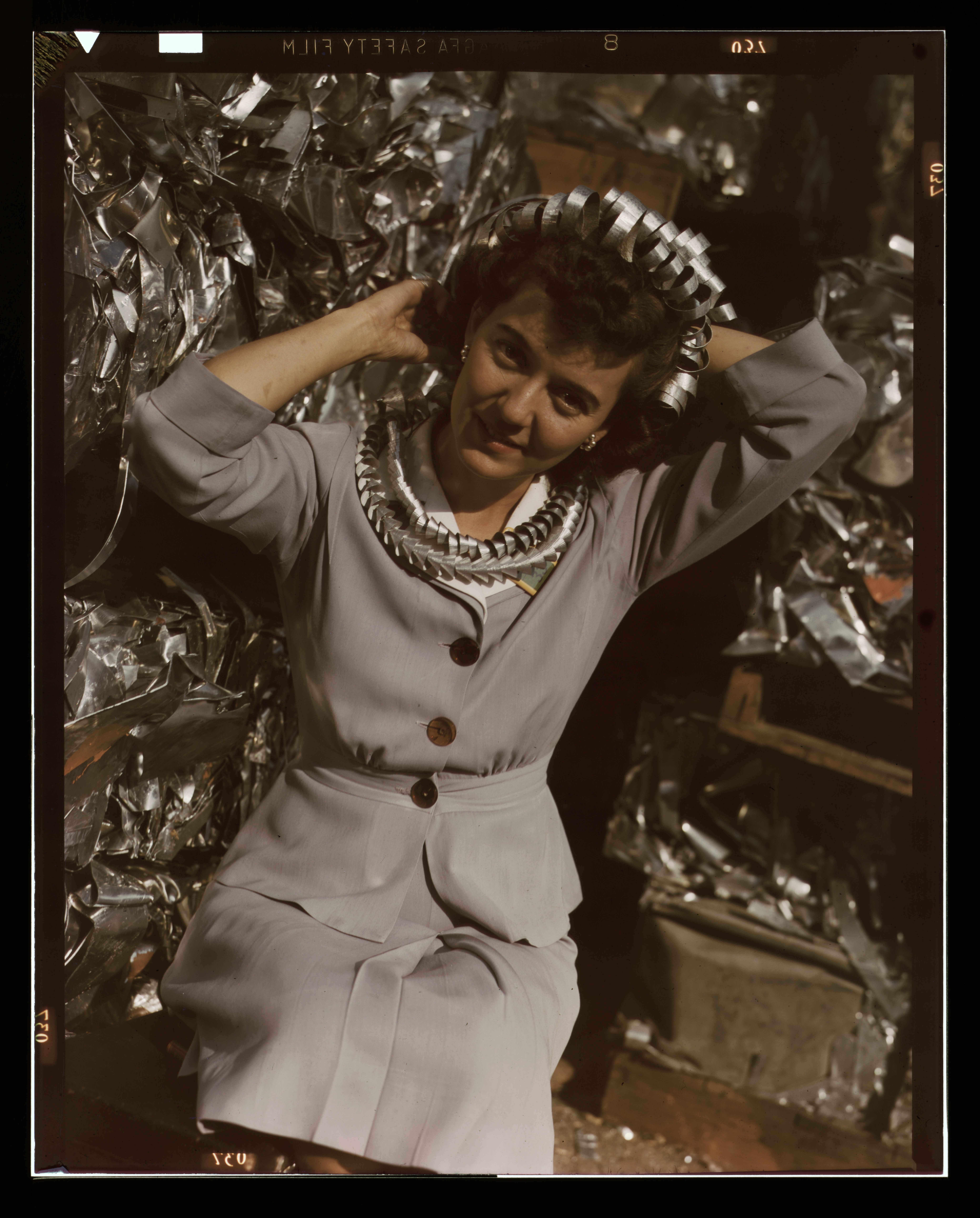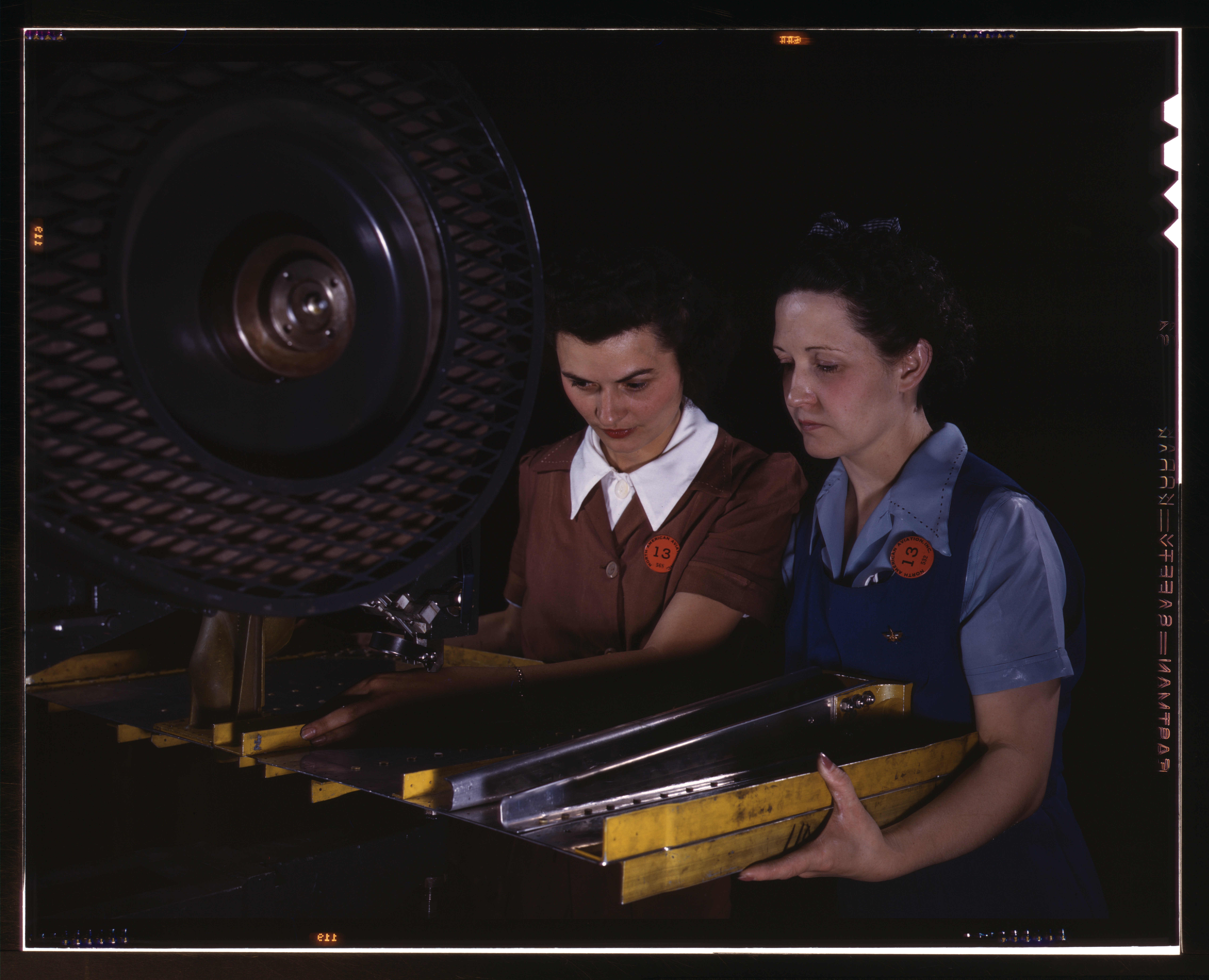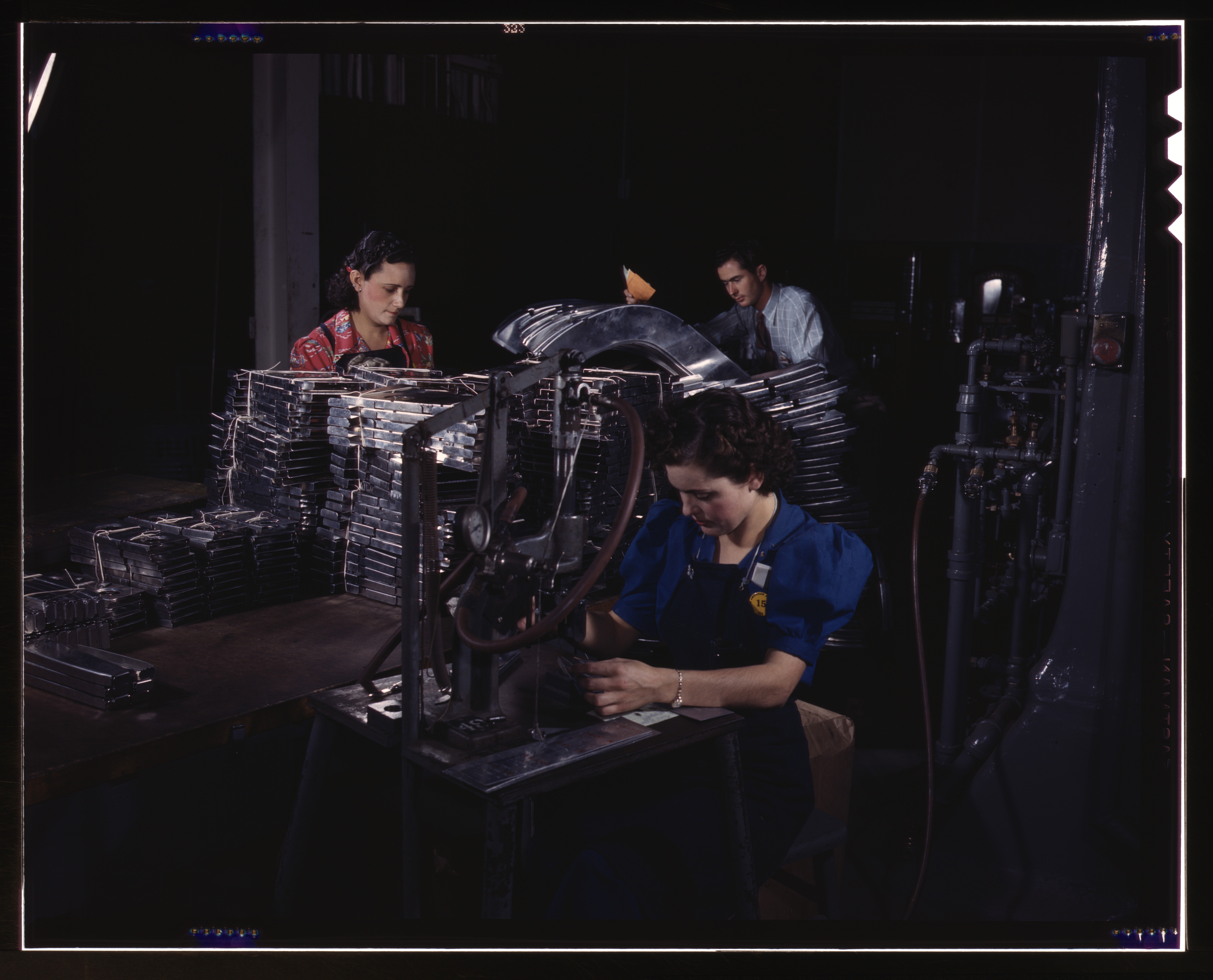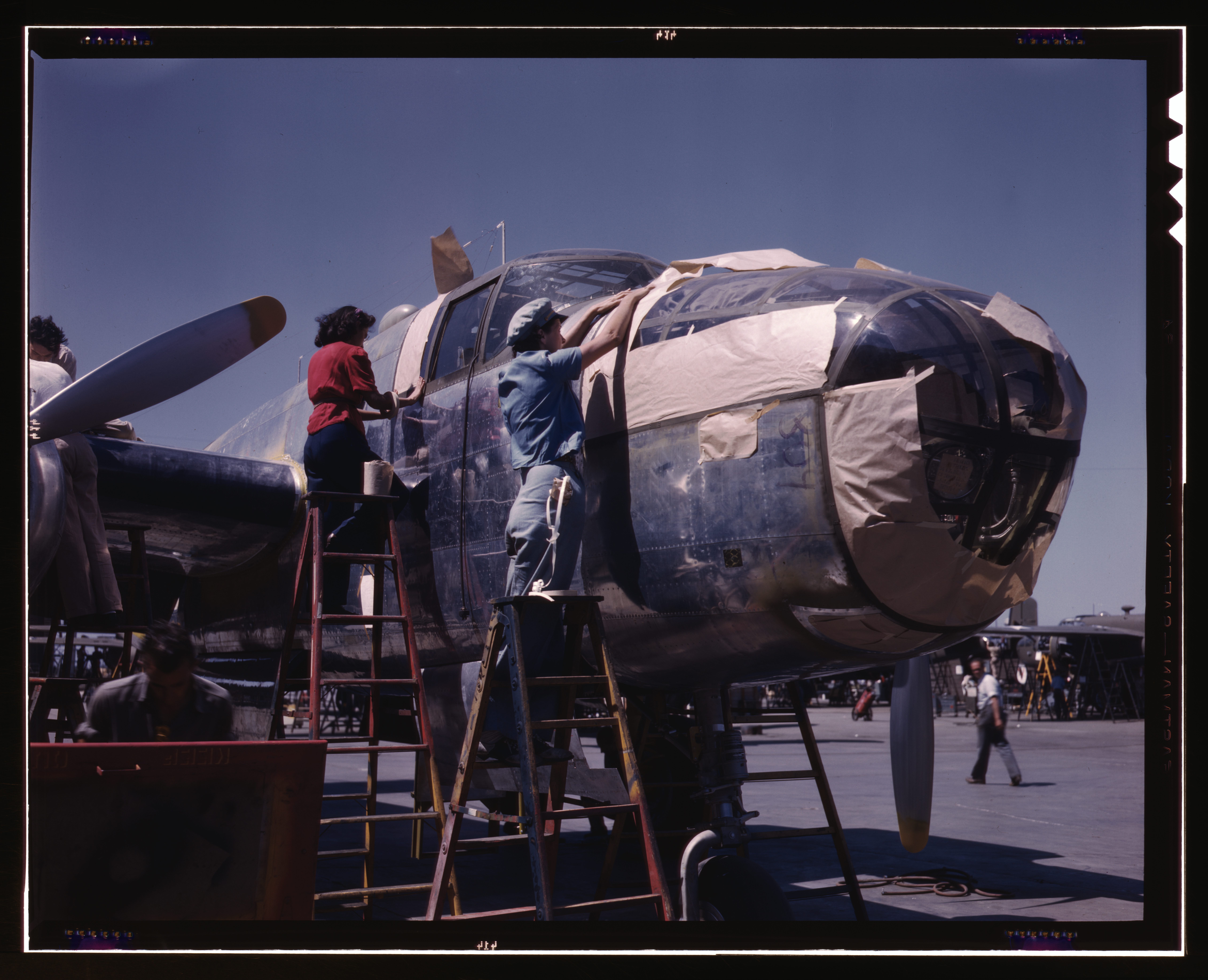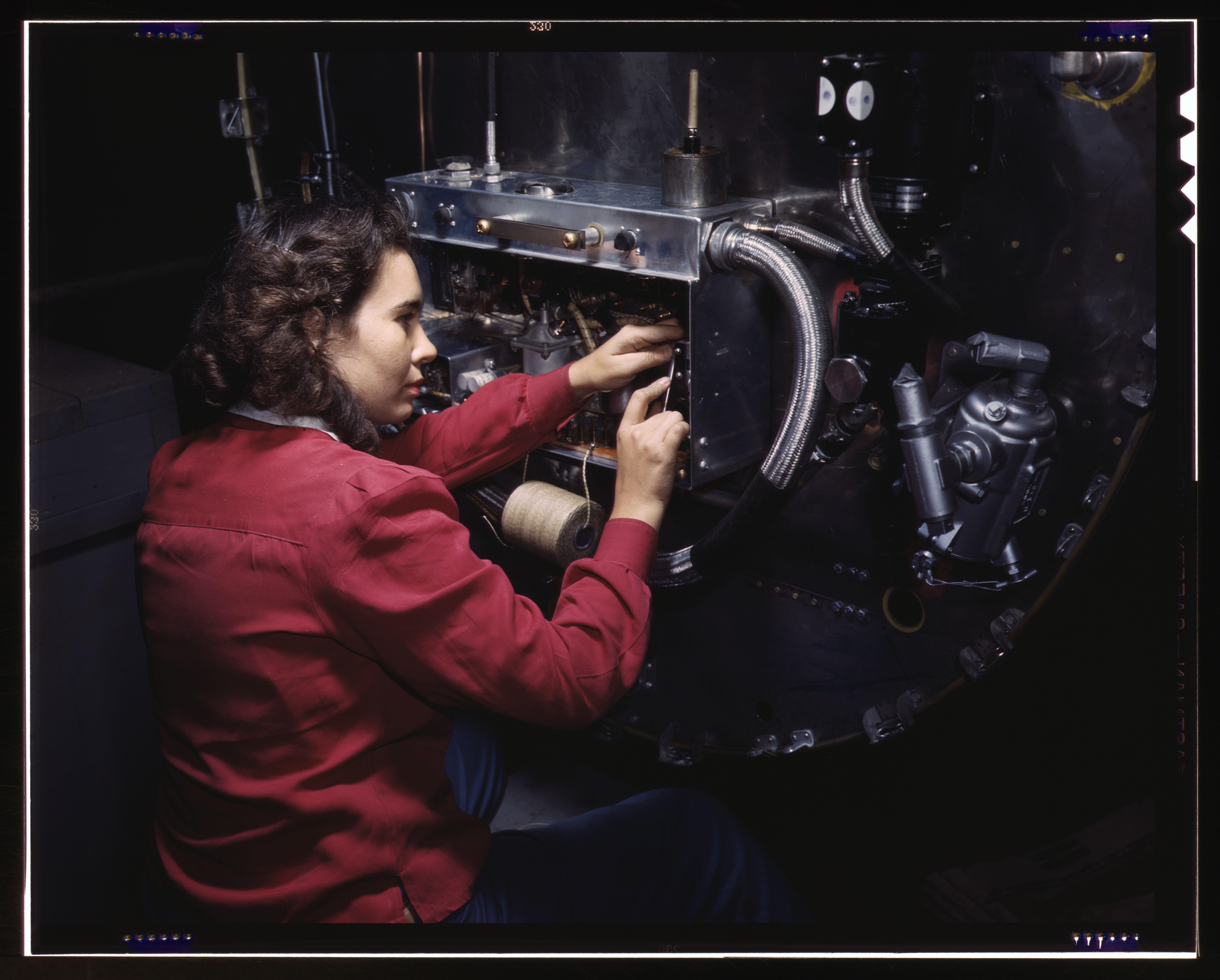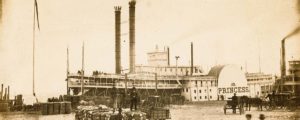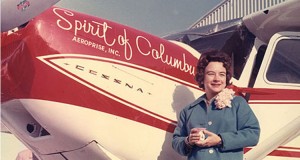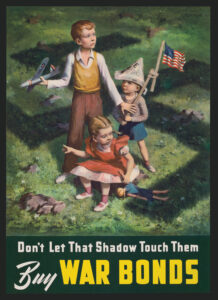The Summer 2023 issue of Aviation History magazine will feature some classic photography by Alfred Palmer, who shot scores of images while working for the Office of War Information during World War II. There wasn’t enough room in the print magazine to include all the images we wanted to feature, so here’s another selection, just in time for Women’s History Month.
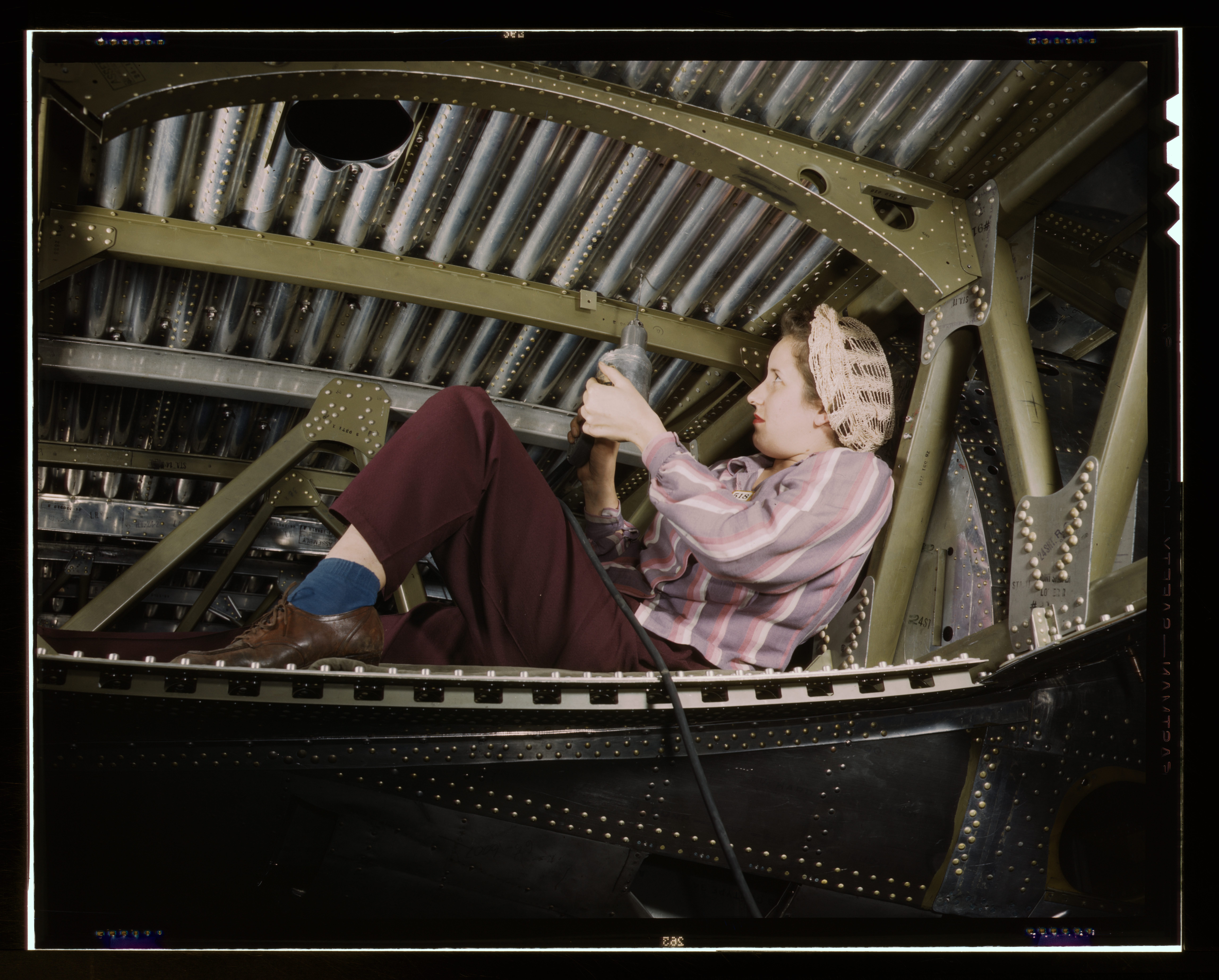
During the war, 6.5 million American women entered the workforce, filling jobs that opened up when men joined the military. Women workers were necessary at a time when American was ramping up to become the arsenal of democracy, cranking out munitions, ships, tanks, landing craft—and airplanes. As FDR said in a speech on Columbus Day in 1942, “In some communities employers dislike to hire women. In others they are reluctant to hire Negroes. We can no longer afford to indulge such prejudice.”
“The men were all being drafted,” said a Chicago woman named Lois Wolfe. “They were taking them right and left, and even those that had been exempt in the beginning were being called, and they desperately need people to fill their jobs. That what we girls did, we filled men’s jobs.” Wolf went to work making parts for the Consolidated B-24 Liberator at a plant in Melrose, Illinois.
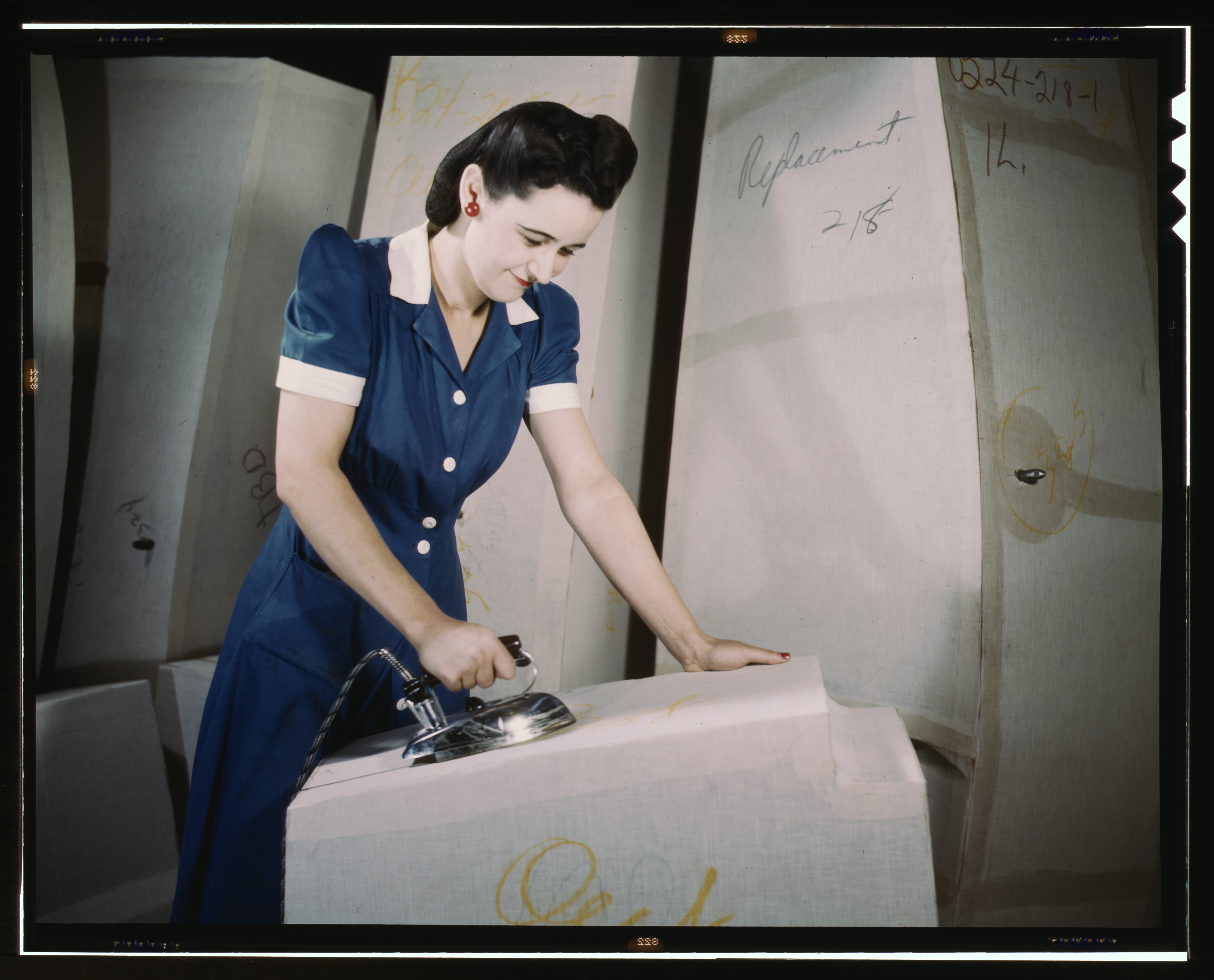
Some women started working out of patriotism. Others did it for economic reasons. Some did it out of a combination of both. “Suddenly, the standard idea of seeing women as fragile creatures, ill-suited for work outside the home, much less for hard labor, seemed like a peacetime luxury,” wrote Emily Yellin in her 2004 book Our Mother’s War: American Women at Home and at the Front During World War II. “Like never before America asked women to take up the slack—to join in producing the vital machinery of war.” The aircraft industry was among the biggest employers of women, who made up around 40 percent of its workforce. Douglas Aircraft alone employed around 22,000 women.

The enduring symbol of women in the workforce is Rosie the Riveter, a character that emerged in a song by the singing group the Four Vagabonds and later made indelible as the subject of a Saturday Evening Post cover by Norman Rockwell and in a government-issue “We Can Do It!” poster. One worker who became even more famous than the fictional Rosie was the very real Norma Jean Dougherty, who packed parachutes at a factory in Burbank, California. After the war she dyed her hair, changed her name, and became the film icon Marilyn Monroe.
When men began returning from the war, women began leaving work. Some left voluntarily; others were forced out. But something had changed. In her book, Yellin quotes a woman named Katherine O’Grady, who said, “After the war, things changed, because women found out they could go out and they could survive. They could really do it on their own.”
